Breathing for Better Decisions – A Behavioral Approach to Relaxation, Focus, and Wiser Choices
- Aram Ghazaryan
- Jan 9
- 4 min read
Updated: Jan 9

In an era of relentless demands and rapid decision-making, busy professionals often find themselves battling stress, cognitive overload, and decision fatigue. Yet, a simple, time-tested solution lies within reach: the act of intentional breathing. Grounded in behavioral science and supported by scientific evidence, controlled breathing is a powerful tool for relaxation, focus, and enhancing decision-making. This article explores the science behind breathing and its transformative applications for leaders and professionals, offering insights into how these principles are integrated into innovative tools such as C-Breath, a stress-relief app designed by the Center for Behavioral Decisions (CBD). C-Breath offers quick breathing exercises tailored for busy executives to boost focus and calm.
1. The Science of Breathing: A Gateway to Balance and Clarity
1.1 Stress and Relaxation: Breathing as a Regulator of the Nervous System
Stress activates the sympathetic nervous system, triggering the body’s “fight or flight” response. Prolonged stress can impair cognitive flexibility and hinder decision-making. Intentional breathing, such as diaphragmatic or paced breathing, counterbalances this by stimulating the parasympathetic system—the body’s "rest and digest" mode.
Studies demonstrate that slow breathing techniques can:
Reduce cortisol levels, the stress hormone.
Enhance heart rate variability (HRV), a biomarker for emotional resilience.
Promote a state of relaxation within minutes.
1.2 Cognitive Enhancement: Breathing and Mental Focus
Focus is a prerequisite for effective decision-making. Breathing plays a pivotal role in improving attentional control:
Rhythmic breathing synchronizes neural oscillations in the prefrontal cortex, enhancing focus and working memory.
Nasal breathing, as opposed to mouth breathing, has been shown to improve cognitive clarity by increasing oxygenation and activating brain regions involved in executive functions.
1.3 Decision-Making: The Role of Calmness and Insight
Decision-making involves not only logic but also emotional regulation and cognitive flexibility. Breathing interventions reduce amygdala overactivity, fostering a calm state where individuals can evaluate options more rationally. Techniques like box breathing have been adopted by high-performance professionals to improve composure and self-regulation during critical moments.
2. Applications of Breathing in Behavioral Science
Breathing techniques are integral to various behavioral science frameworks, serving as both standalone interventions and adjunctive tools. Applications include:
2.1 Stress Management in High-Pressure Environments
Incorporating structured breathing into daily routines has shown significant benefits for professionals working under high stress. Studies demonstrate that even brief breathing exercises can mitigate acute stress, improve mood, and enhance resilience.
2.2 Enhancing Focus and Productivity
Breathing techniques tailored for cognitive optimization, such as coherent breathing, enable professionals to achieve sustained focus. By reducing mental clutter and improving oxygenation, these practices bolster productivity and creativity.
2.3 Supporting Decision-Making Under Pressure
Structured breathing has been effectively used to prepare individuals for high-stakes decision-making. By enhancing emotional regulation and cognitive clarity, these techniques empower users to approach complex situations with composure.
3. From Research to Application: Leveraging the Science of Breathing
The integration of breathing techniques into accessible applications underscores their relevance in modern professional contexts. Behavioral science has informed the development of tools designed to make these practices practical and actionable for individuals and organizations. Such tools leverage evidence-based principles to provide:
Quick and Effective Exercises for stress relief and focus enhancement.
Guided Techniques to improve emotional regulation and cognitive performance.
Scalable Solutions that can be integrated into diverse professional and personal settings.
One notable example is C-Breath, an innovative application designed by CBD. C-Breath simplifies these scientifically validated techniques into easy-to-follow modules, making them accessible for busy professionals seeking quick and impactful stress relief and focus enhancement.
4. The Broader Implications for Behavioral Science and Organizations
The benefits of breathing extend beyond individual well-being, offering scalable advantages for organizations and communities:
4.1 Workplace Wellness Programs
Organizations can integrate breathing practices into wellness initiatives to support employee mental health, reduce burnout, and enhance team performance. Research highlights the role of such programs in fostering resilience and productivity.
4.2 Educational and Leadership Development
Breathing-based mindfulness techniques are increasingly included in leadership training to improve decision-making, interpersonal skills, and stress management. Educational institutions also leverage these techniques to support both students and educators.
4.3 Community Resilience and Public Health
Public health initiatives have recognized the role of structured breathing in promoting community well-being, particularly during times of crisis. Group mindfulness sessions and accessible digital tools amplify the reach of these benefits.
5. Harnessing the Science of Breathing for Better Decisions
Breathing may be simple, but its impact is profound. Through structured techniques and evidence-based applications, individuals and organizations can unlock its potential for relaxation, focus, and wiser decision-making. The principles outlined in this article reflect the growing integration of behavioral science into accessible solutions, offering opportunities for professionals and leaders to thrive under pressure.
For organizations and innovators interested in leveraging behavioral science for research, product design, or wellness initiatives, the Center for Behavioral Decisions (CBD) offers tailored expertise. Explore the possibilities and learn how behavioral insights can transform outcomes at www.becisions.com.
Conclusion
In a world where decisions shape success, the clarity and composure derived from intentional breathing are indispensable. Supported by behavioral and meta-scientific evidence, breathing techniques offer a bridge between physiology and performance, empowering professionals to navigate complexity with confidence and calmness.


Comments